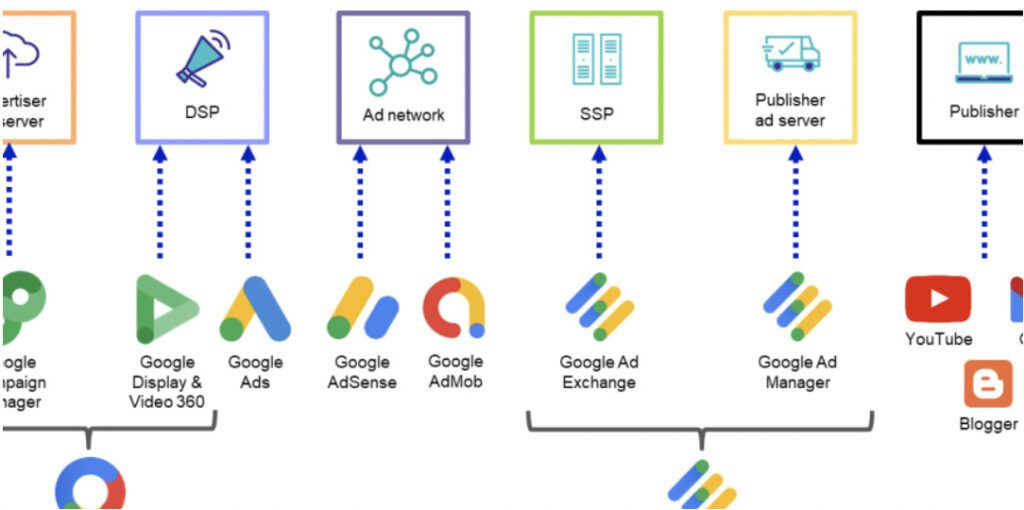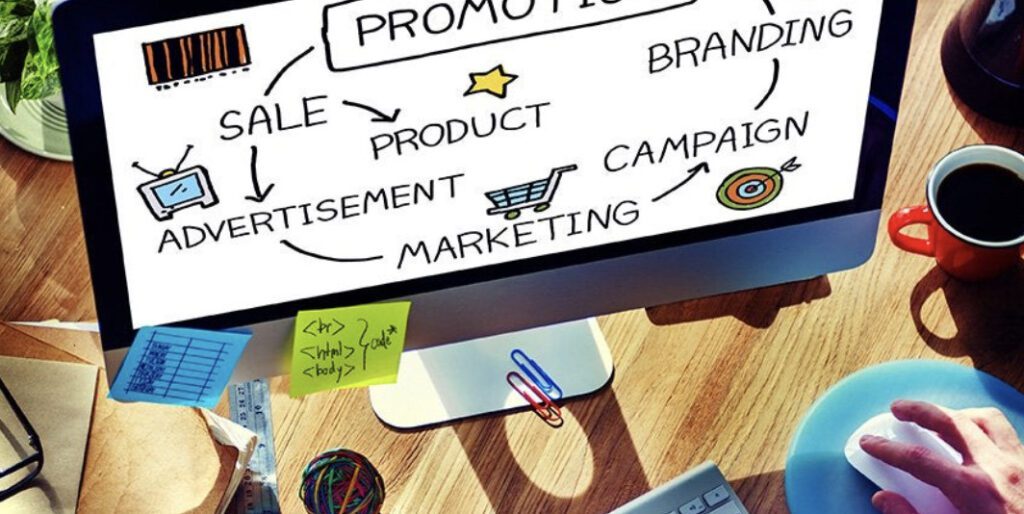Google has recently been promoting the capabilities of generative AI tools that can provide users with concise search result summaries and help them draft essays. These tools can even enhance family photos by replacing cloudy skies with bright sunshine.
The exciting news is that Google is now showcasing how similar AI systems can benefit its core business of ad sales. With the help of generative AI, Google’s advertising clients can effortlessly compose text tailored to the user’s search and produce product images, saving valuable time & resources on design work. As technology advances, AI-powered text and image generators are becoming more prevalent in the online services industry. The introduction of ChatGPT and DALL-E has ignited a global interest in generative AI. Google, being the global leader in online ad revenue, has been integrating AI programs for years to assist clients in targeting users & designing ads, such as automatically adjusting image sizes.
With the introduction of more powerful AI models that can generate photorealistic images, Google aims to demonstrate that its ad business, which contributes 80% of its total sales, can be even more appealing to advertisers. Consequently, Alphabet’s shares have rallied since Google’s recent AI-related announcements, suggesting that concerns about the impact of ChatGPT-style web search on Google’s ad business have mitigated.
To emphasize its commitment to its advertising clients, Google is offering these new generative AI features free of charge. However, it is anticipated that these AI-generated text & images could potentially increase revenue, as businesses may be incentivized to place more ads or entice consumers to click on them.
Given Google’s dominant position in online ad sales, the industry is likely to be among the first to integrate generative AI into their workflows. Jerry Dischler, the vice president responsible for Google Ads, believes that these features will deliver more relevant & visually appealing ads to users while providing advertisers with greater creative freedom. He refrained from discussing specific financial prospects but assured that Google will diligently monitor the quality of the generated images and text.
Certain beta features of this new technology are already available to advertisers, making Google one step ahead of its top rival, Meta, which recently invited selected advertisers to try out its own generative AI features.

Although offering generative AI in advertisements can be expensive due to the significant computing costs required to operate text & image generation models, Meta AI executive Aparna Ramani stated during a conference that generating output from these models is 1,000 times more costly than using AI for content recommendations and user News Feeds curation. Despite this obstacle, Google has introduced new features that adapt the text of English-language search ads based on user input & advertiser data.
Previously, algorithms had to manually select text from a predetermined collection supplied by the advertiser. Now, a search term like ‘skin care for dry sensitive skin’ could trigger an ad for skin cream with the autogenerated text ‘Soothe your dry, sensitive skin.’ By aligning ads more closely with users’ search queries, the likelihood of users clicking on these ads can be significantly increased.
Another application of Google’s text-generation technology is a chatbot that assists ad customers by suggesting search keywords worth advertising against & providing text for ads. This innovative solution aims to offer personal support to millions of advertisers, albeit indirectly.
While most new features focus on improving existing capabilities, Google’s generative image tool revolutionizes its ad offerings. This tool enables ad buyers to create realistic images for Performance Max ads, which are displayed on Google apps and websites specifically chosen by Google’s algorithms. By inputting prompts like ‘Ingredients used for pet food, like fish, chicken, raw meat, & vegetables on a stylish slab-style plate, in studio lighting,’ users can generate four stunning, lifelike images.
Testing for image generation in English will begin later this year, and Google is taking steps to ensure that using this new feature does not expose advertisers to copyright infringement. Although the legality of using AI to remix and generate unique images is subject to debate, Google asserts that all images provided by them are authorized for use.
As time goes on, consumers will likely encounter an increasing number of AI-generated advertisements without even realizing it. Meta, Google’s main competitor, has also released generative AI tools for ads that can suggest variations of ad text, generate backgrounds for product images, and automatically adjust ad sizes to fit various apps.

It follows suit that smaller players in the digital advertising field will likely introduce similar offerings. In fact, Amazon is actively recruiting a team to work on generative AI projects focused on advertisers. Microsoft and Snap, like Google, have heavily invested in generative AI tools for consumers, such as chatbots & may subsequently view providing this technology to their ad customers as the logical next step.
For up to date eCommerce news, Amazon seller news, and industry insights, be sure to bookmark the Elite eCommerce Blog.



